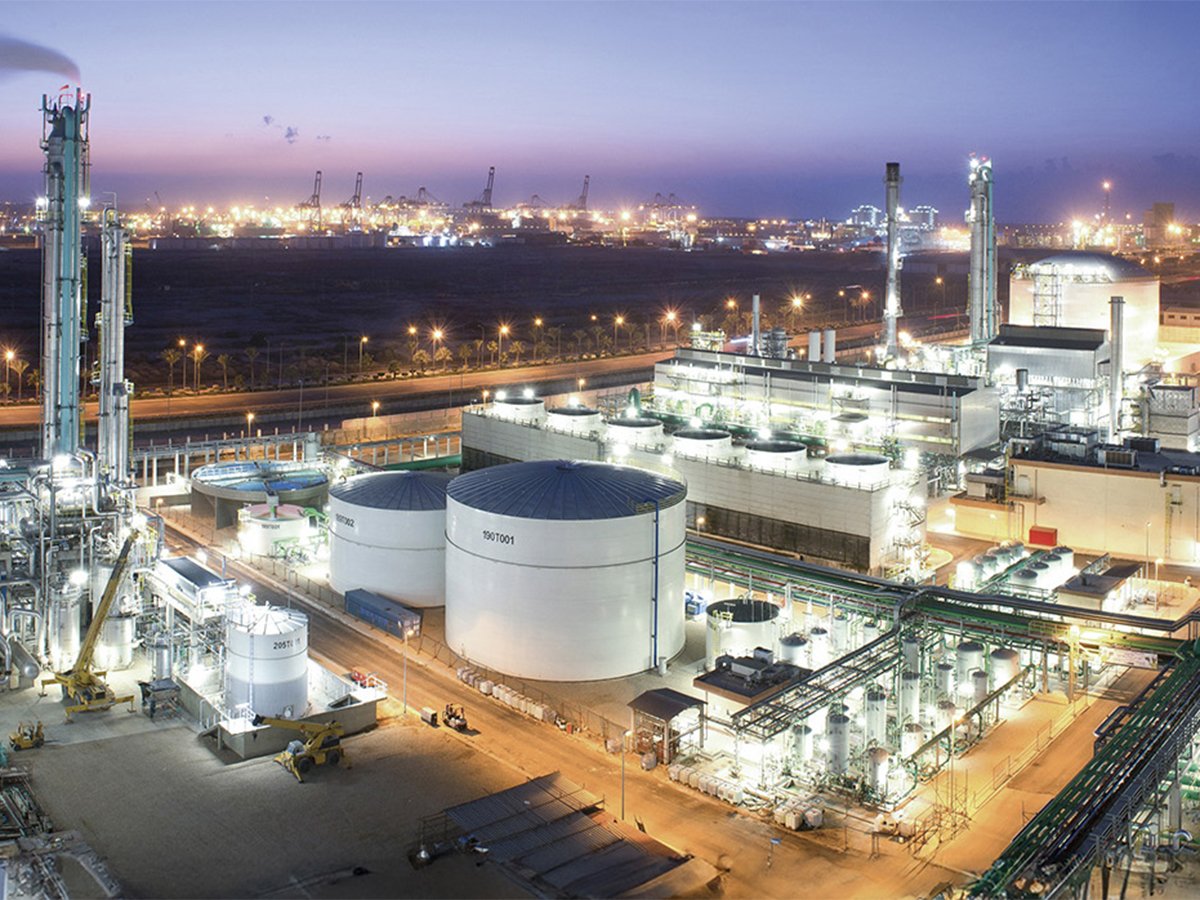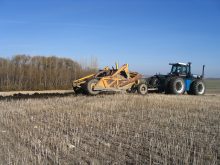GSI announced in mid-September that it was introducing a new line of mixed flow grain dryers, which will be available for the 2025 growing season. That, according to the company, now gives it one of the broadest ranges of dryer types on the market from any one brand.
According to Alan Lockwood, GSI’s product manager for grain conditioning products, the new mixed-flow dryers offer a number of advantages compared to cross-flow or screened, basket-style dryers.
“Mixed-flow dryers certainly have a benefit for customers,” he said.
Read Also

Genesis Fertilizers seeks government funding
Genesis Fertilizers is actively seeking funding from government and a strategic partner. The company dispelled a rumour that DL E&C has abandoned the project.
They’re generally more fuel efficient than a cross-flow, screened or basket-style dryer thanks to lower airflow rates. They are a little more flexible when it comes to drying different commodities. You’re drying wheat sometimes. You’re drying canola sometimes. In a basket-style dryer you have to pick your screen size when you order that system.
“If you pick a dryer for canola, you’re going to lose capacity on corn, for example. With the mixed-flow dryer, we don’t have any screens in that kind of a system.”
Screens in basket-style dryers can become caked with material such as chaff, particularly in cold weather, and that reduces their efficiency. That doesn’t become a problem in a mixed-flow because it uses a unique ducting system rather than screens, and it maintains a steady capacity and fuel efficiency.
Mixed flow dryers also use a much lower airflow rate than other dryer types, which allows them to maintain high grain quality.
“If you look at a basket- or screen-style dryer, it’s going to be about 80 CFM (cubic feet per minute) per bushel, which is a common airflow rate,” says Lockwood.
“A mixed-flow dryer is going to be closer to 60 CFM.
“With a lower airflow rate across that commodity, it will naturally dry a little bit slower because airflow rate is directly related to drying rate. The faster you dry, the more likely you are to negatively impact quality. Each dryer can be adjusted to maximize quality from a customer’s perspective. The low airflow rate in a mixed dryer is one of the good ways to do that.”
It doesn’t mean the dryer uses smaller capacity fans. The lower airflow-per-bushel rate is the result of a larger amount of grain in process at one time.
The GSI dryers are built on a modular design that allows a system to expand as farm needs change. The dryers ship from the factory ready to stack, so increasing the system’s capacity is a simpler process.
“Our offering goes from eight drying tiers tall to 20,” says Lockwood.
“We go in four or five tier increments.”
Each segment has the ability to operate at a different temperature to fine-tune the drying process.
“If they want to dry at 210 degrees on the top and cool with no heat at all on the bottom, they can do that,” he adds.
















